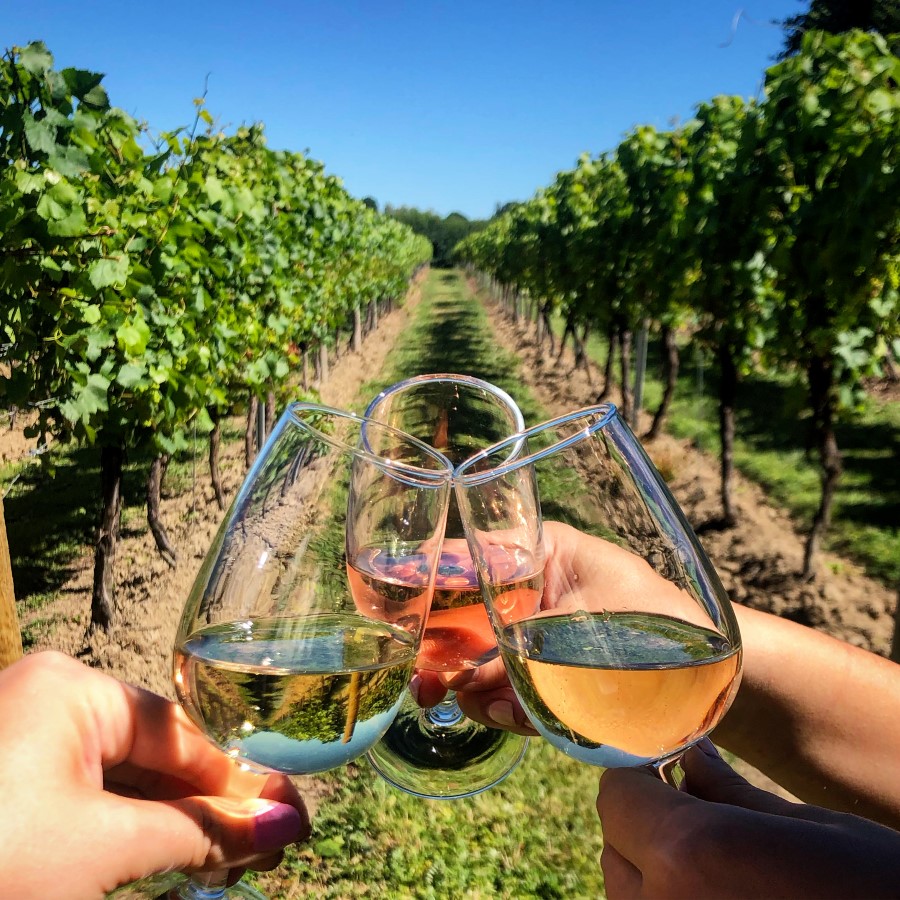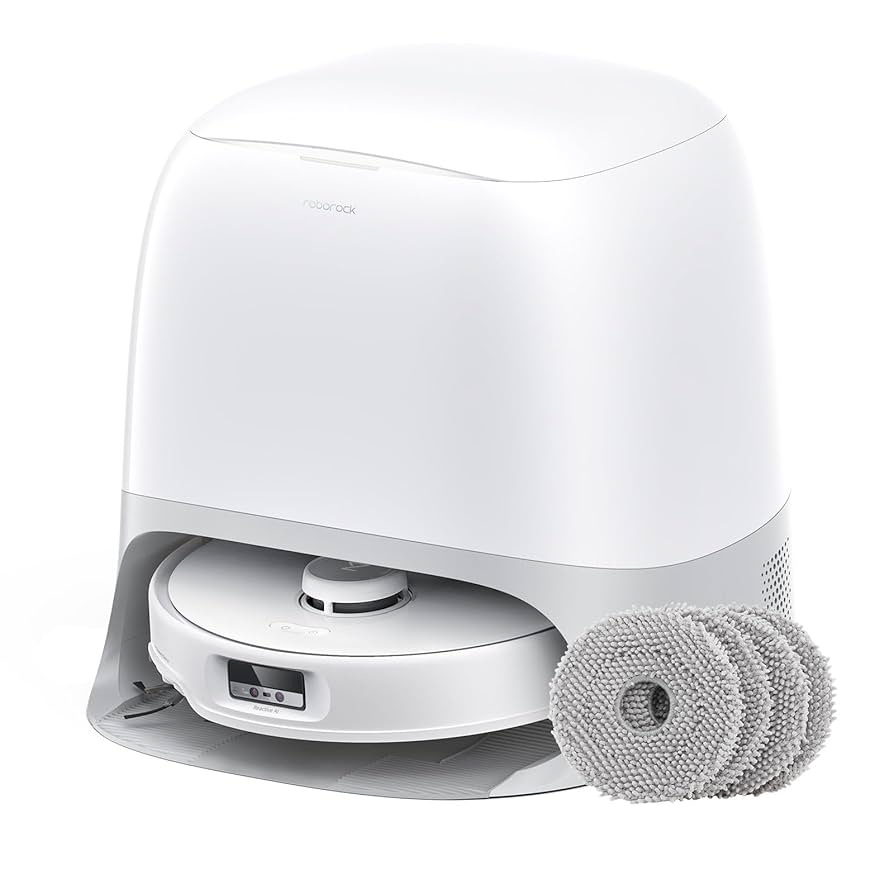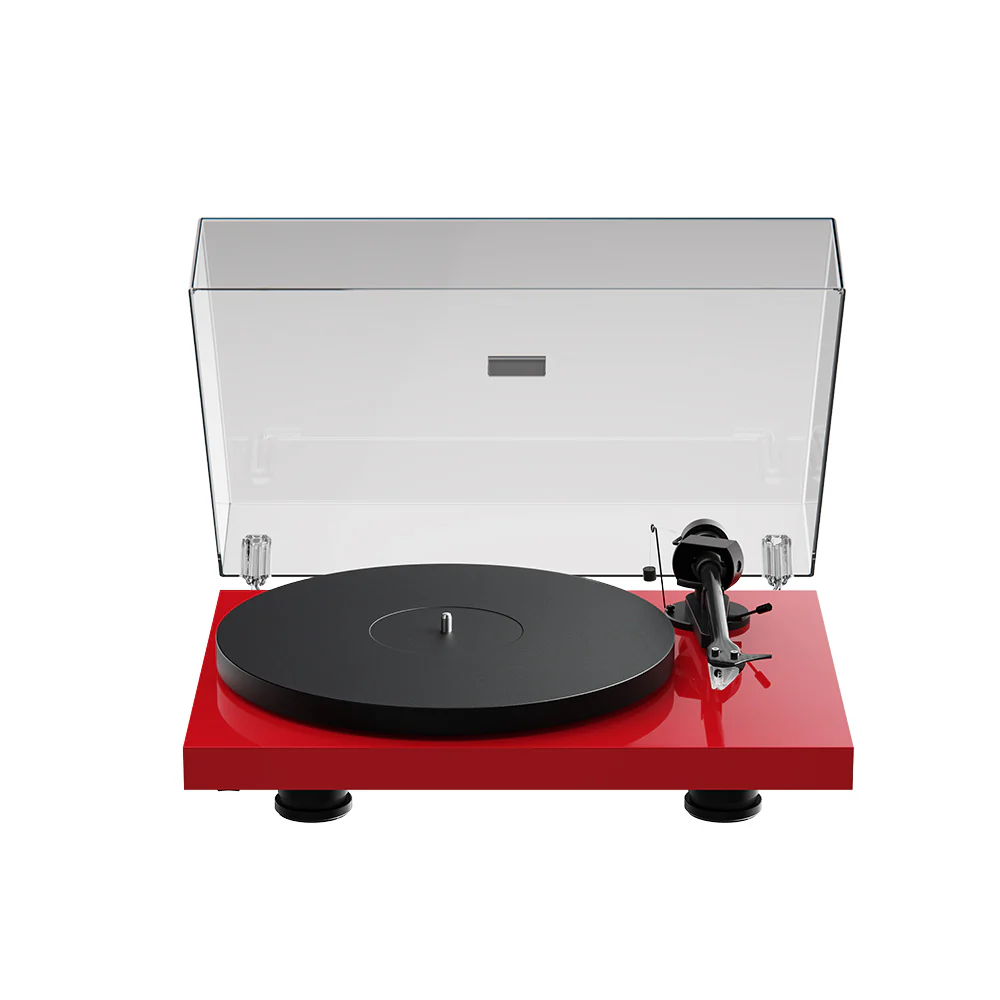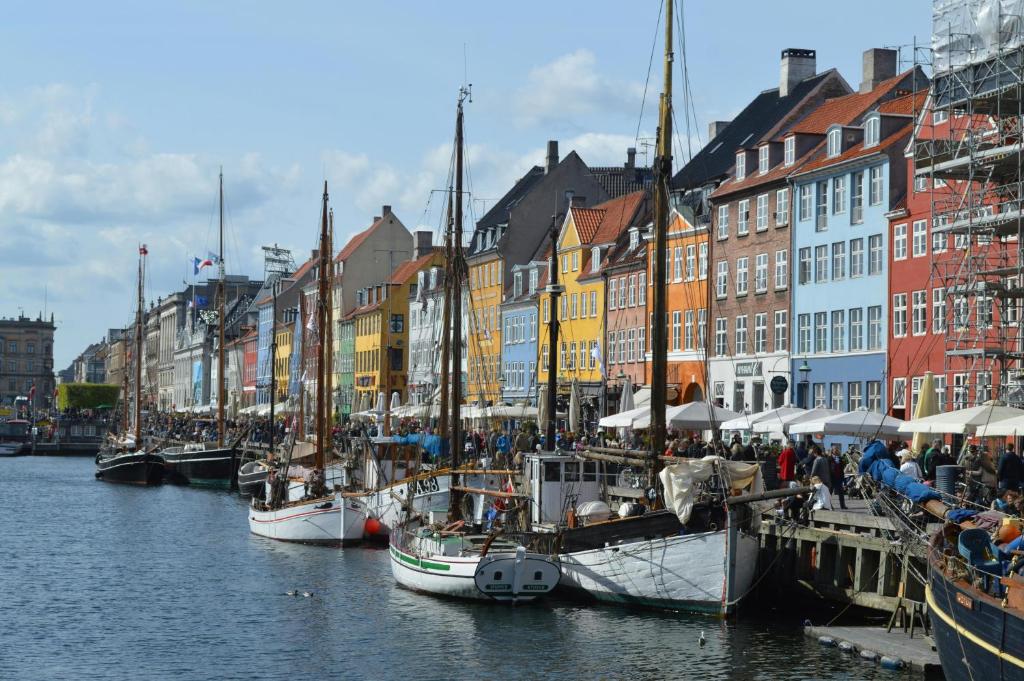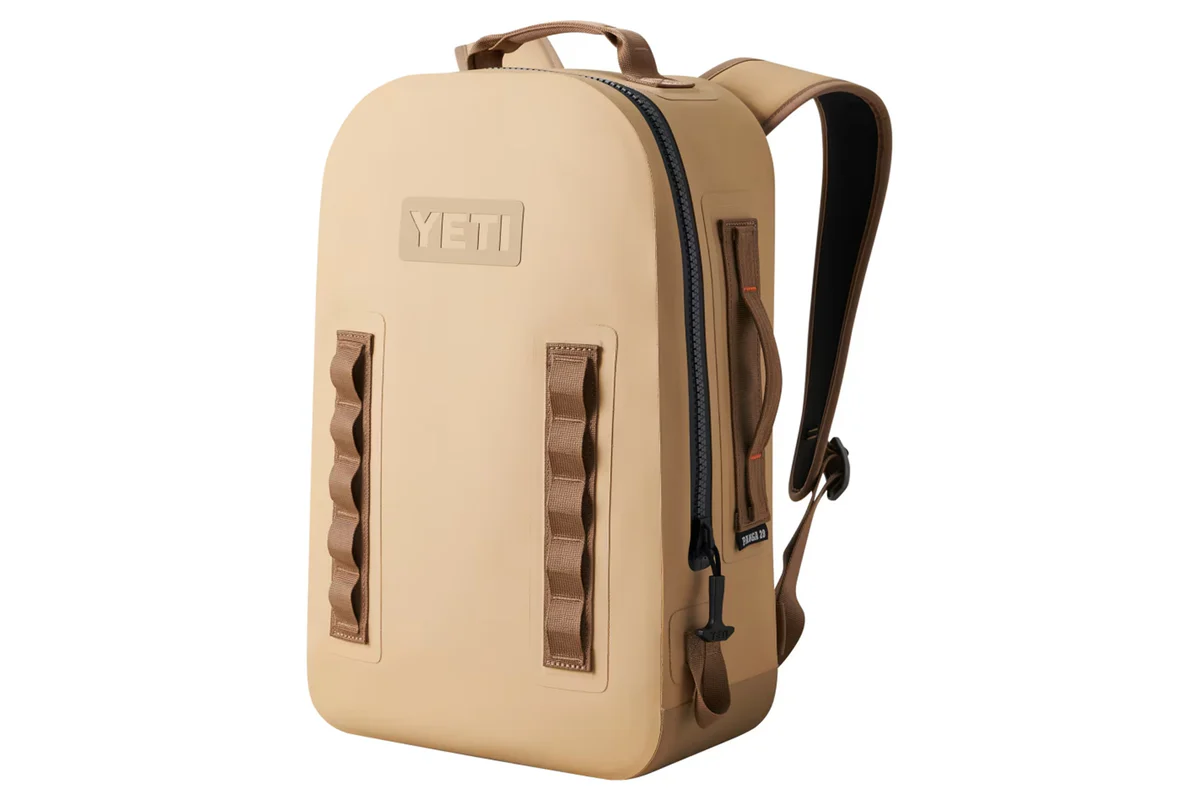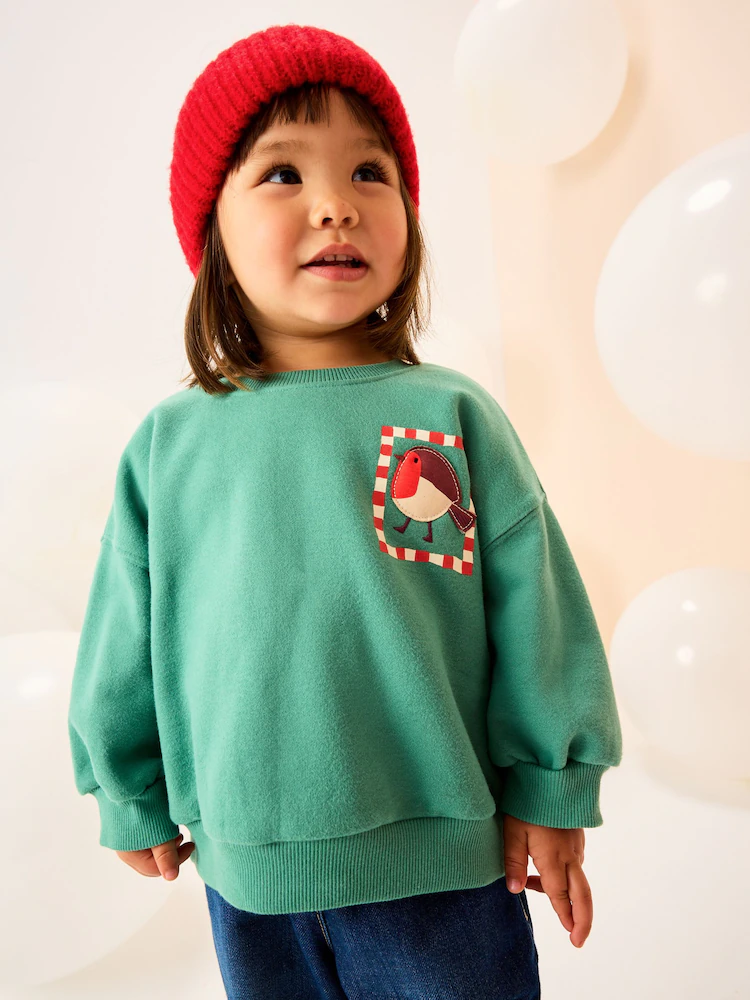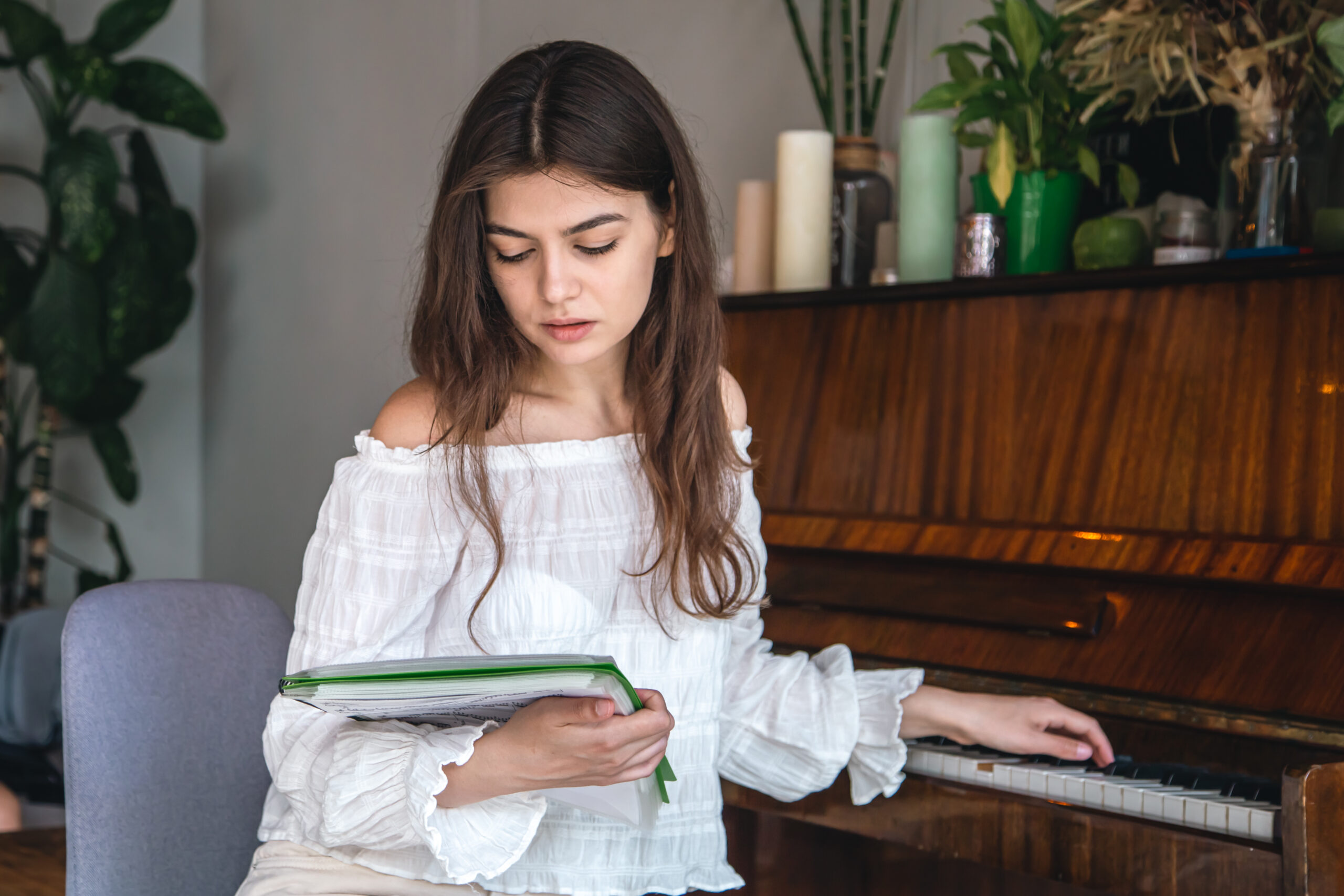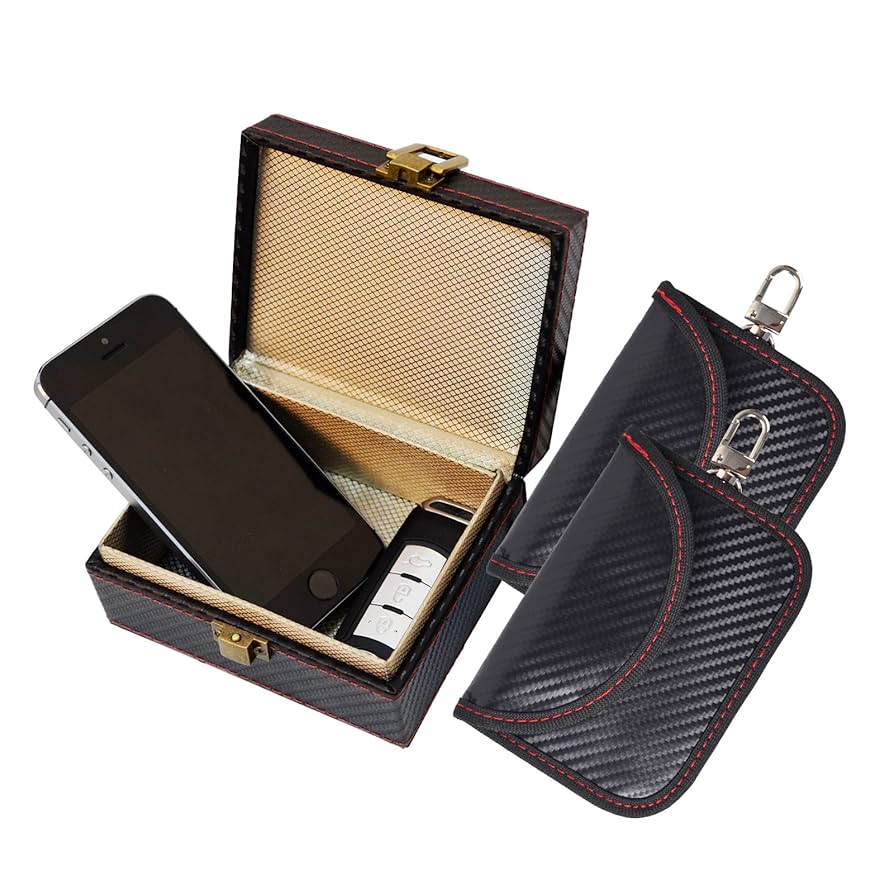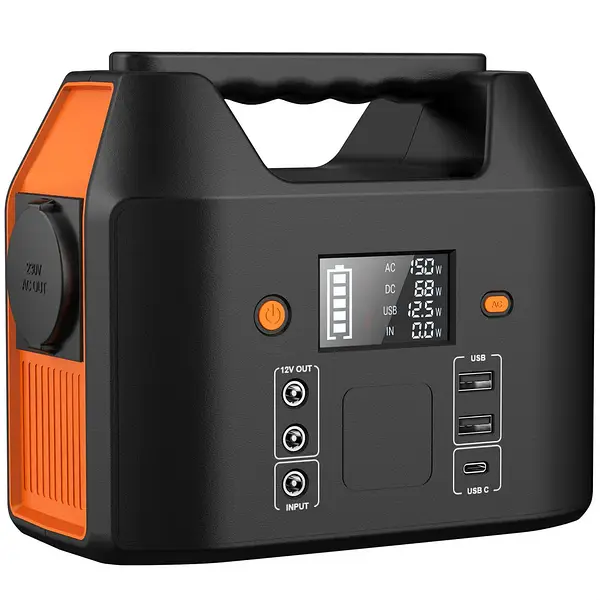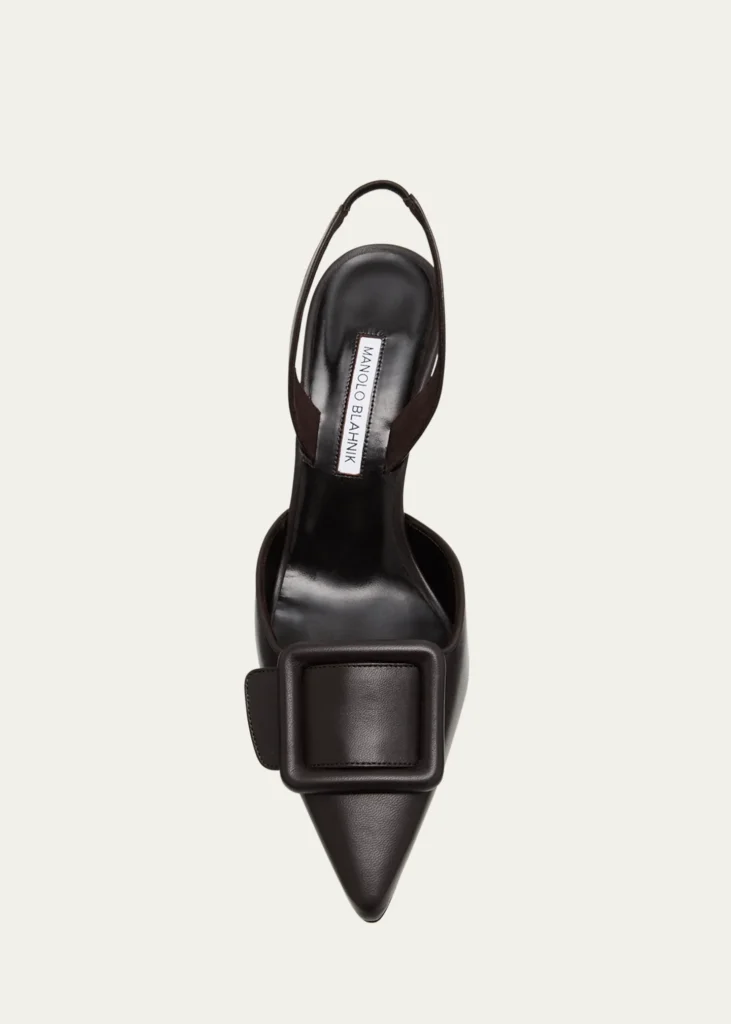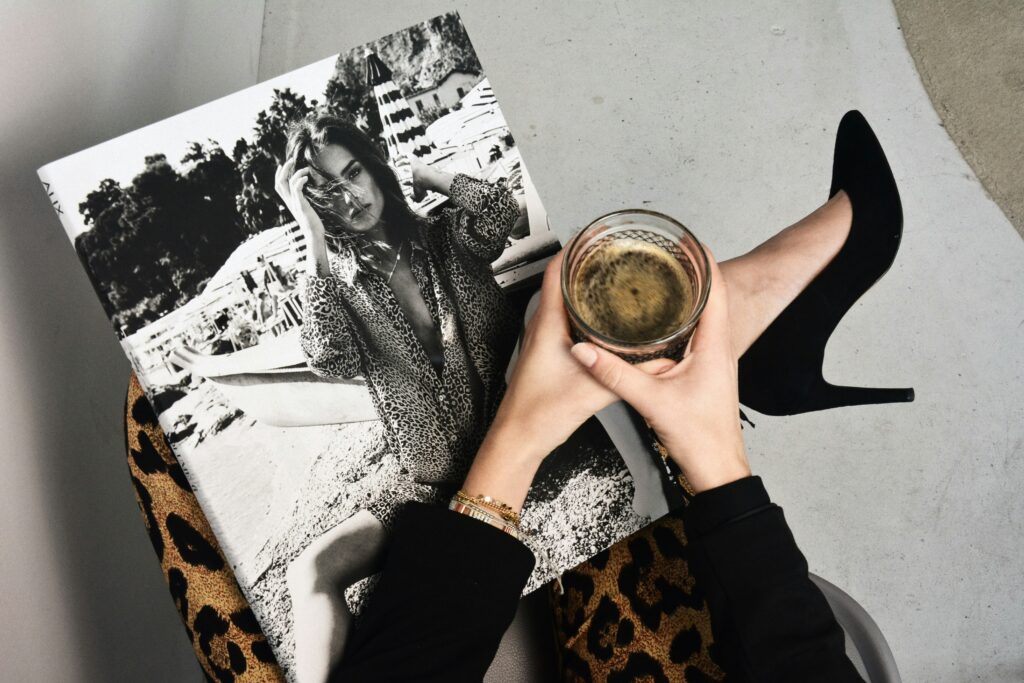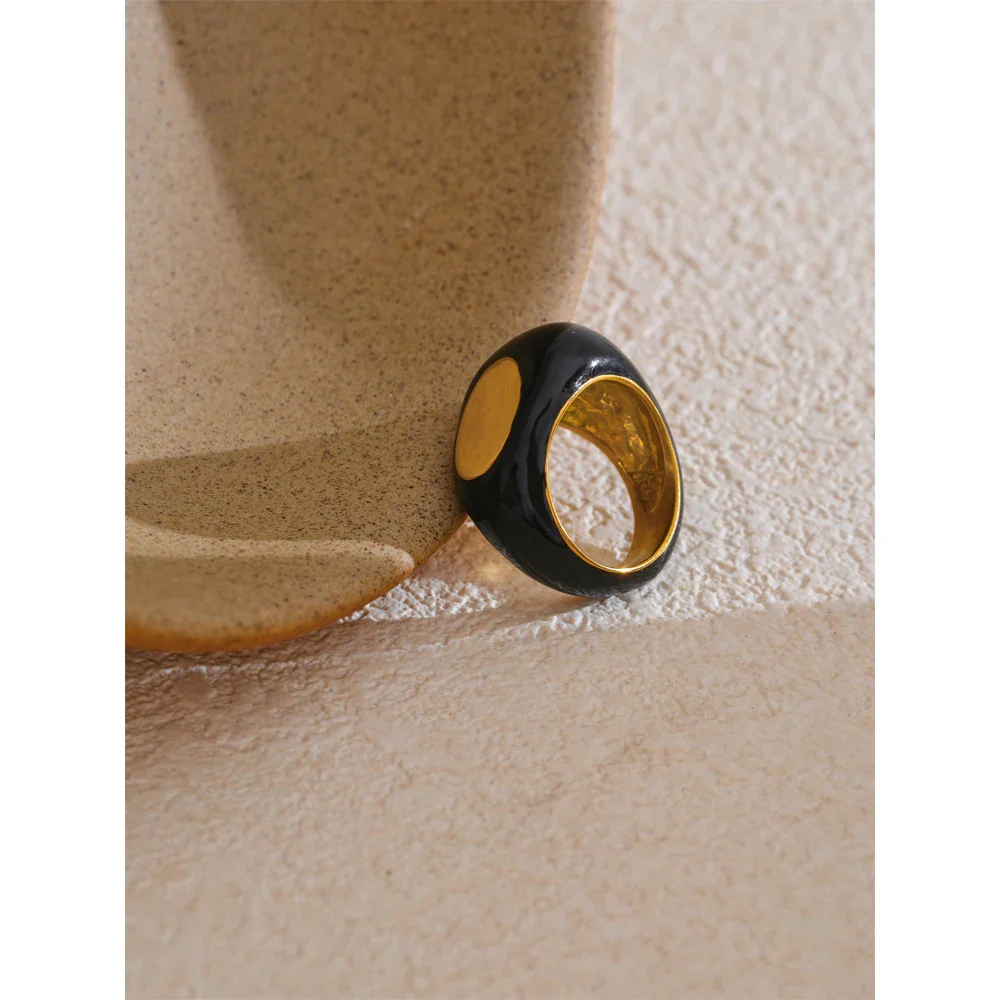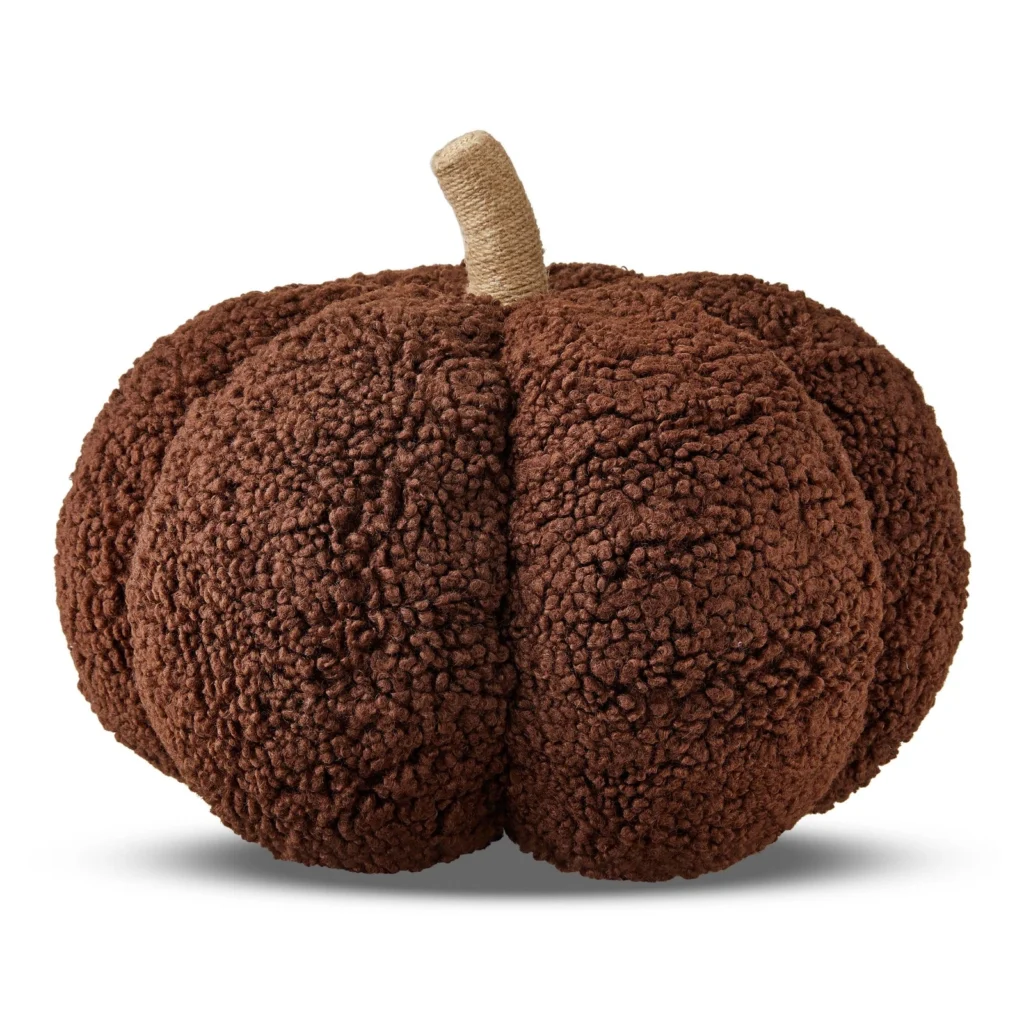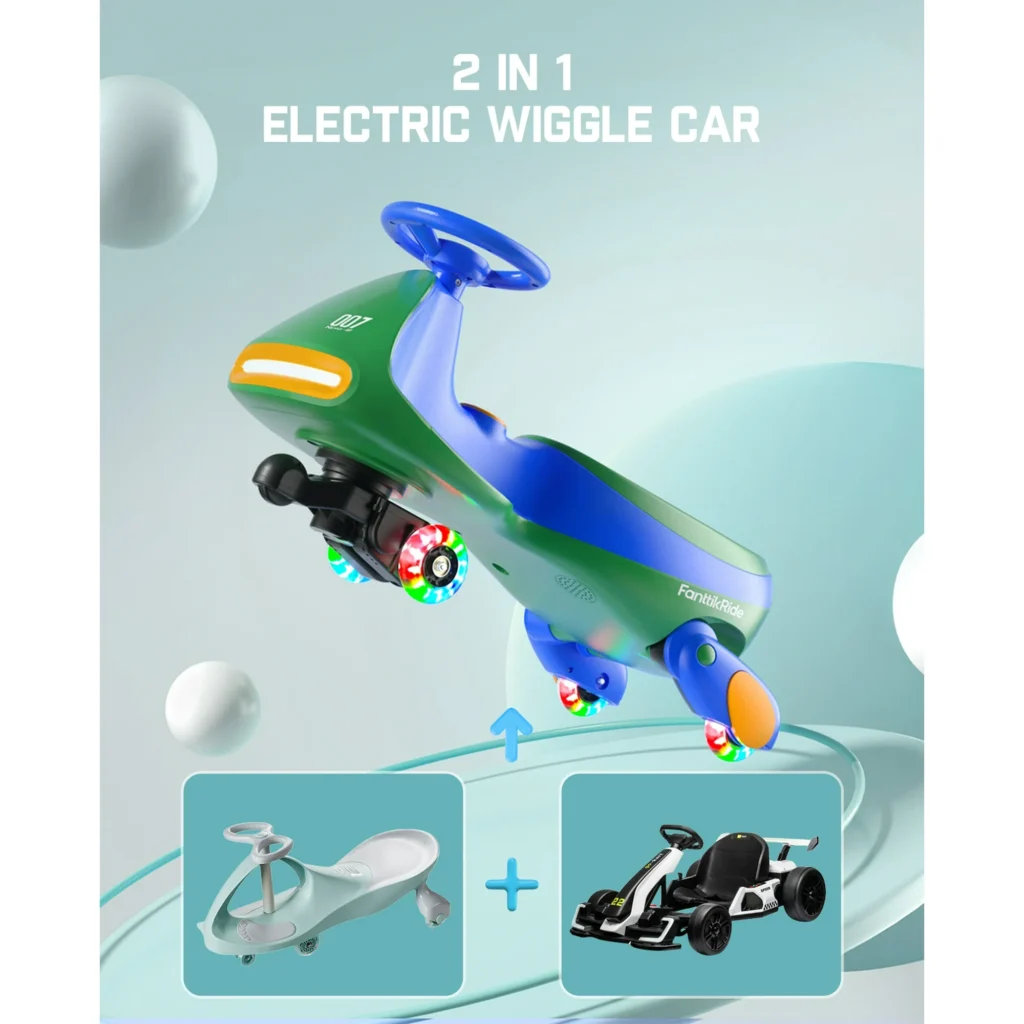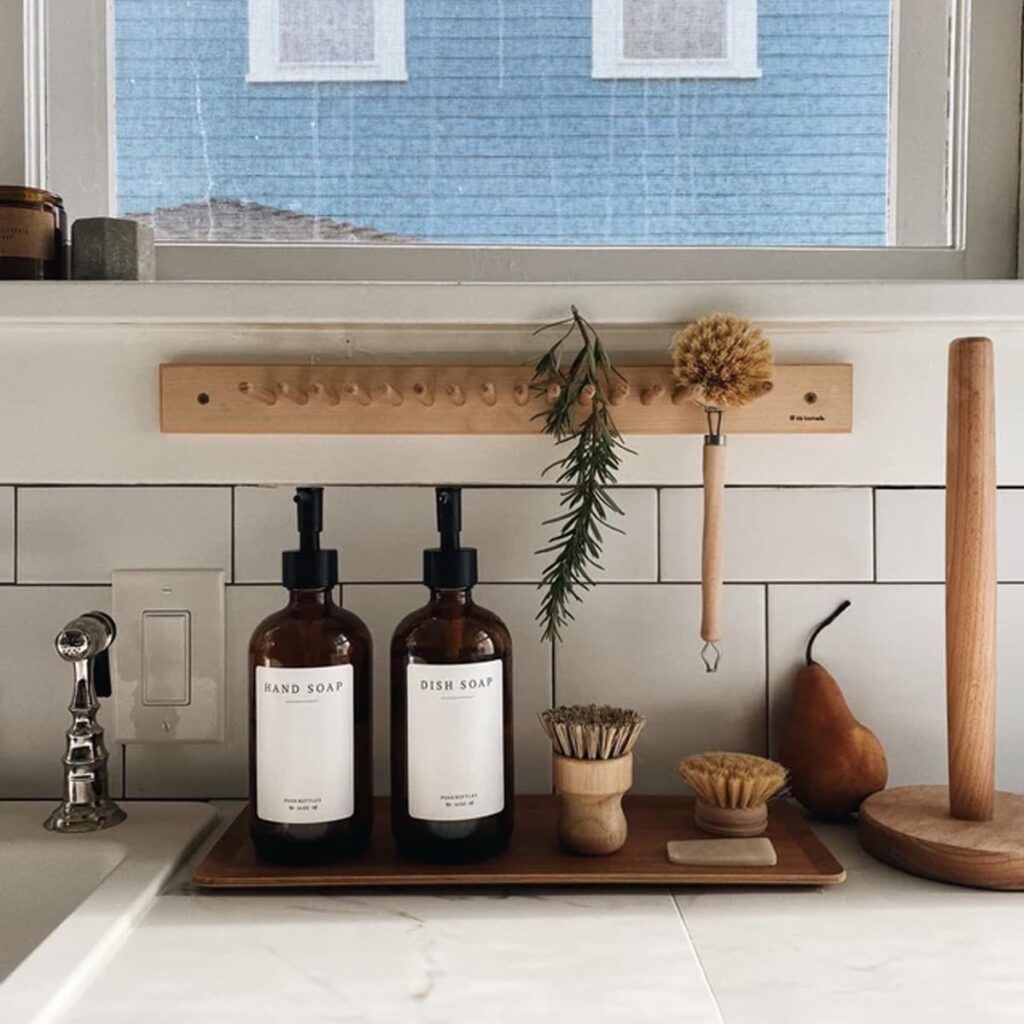Great tastings aren’t random—they’re orchestrated. The path through the vines sets your nose up for success; the first pour calibrates your palate; the stories prime your memory so flavors stick. If you’ve booked (or are eyeing) the Vineyard Tour & Tasting, this guide gives you everything you need to turn a pleasant afternoon into a quietly perfect one: what to expect on the vineyard walk, how to taste like a pro without any snobbery, the difference between English sparkling styles, what to wear and pack, how to time your day for golden-hour photos, and a compact pairing cheat sheet for the bottles you’ll want to bring home.
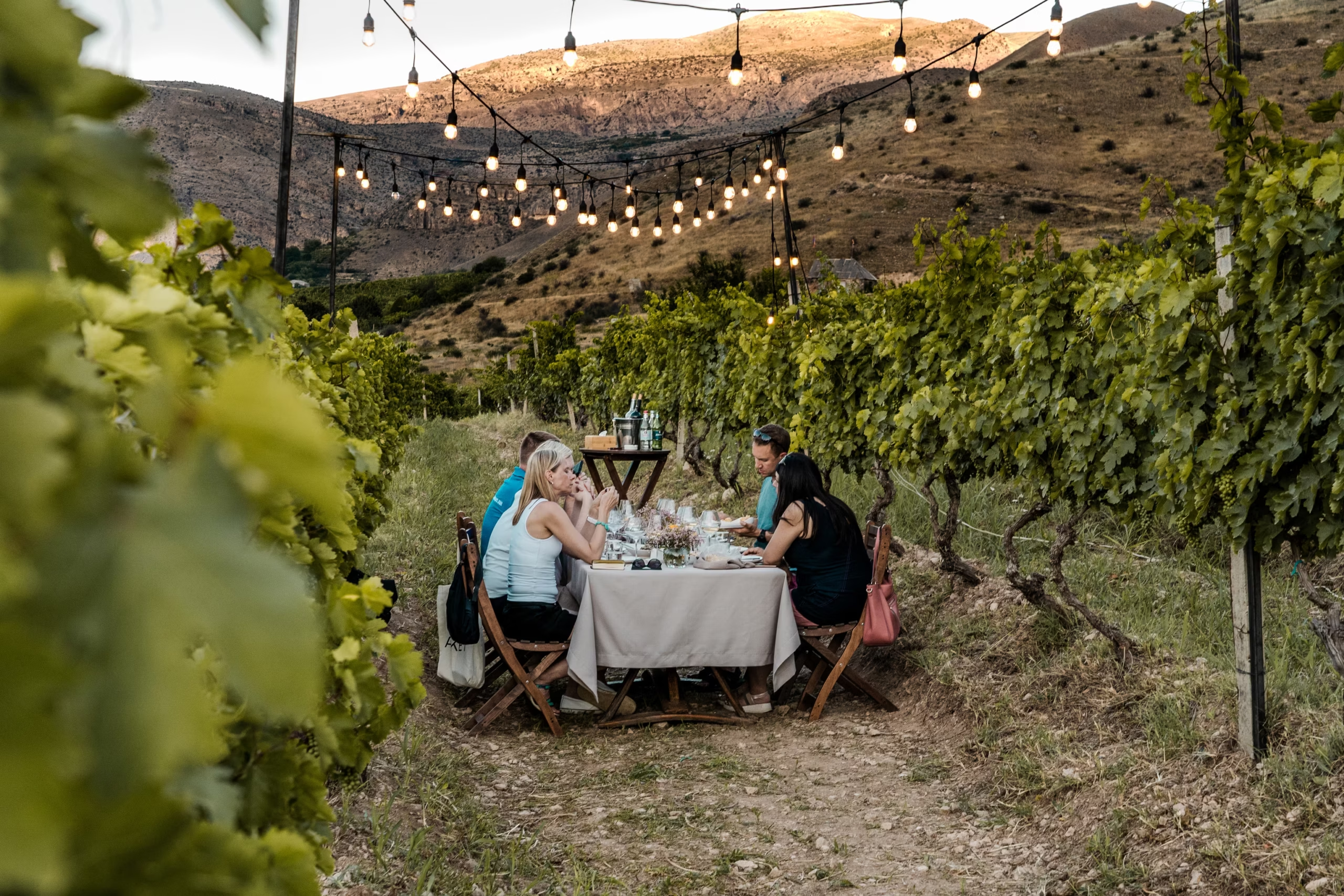
What Actually Happens on the Day (Clear, No-Filler Overview)
A classic Vineyard Tour & Tasting flows in three acts:
- Vineyard Walk (Field to Glass): A gentle loop through the rows while your host explains site, soils, aspect, and clones. This is where “terroir” becomes real: sun exposure, wind corridors, drainage, and why certain parcels ripen a week earlier than others.
- Cellar or Tasting Setup: Depending on the venue, you’ll step inside for a short production talk—harvest timing, gentle pressing for sparkling base wines, primary fermentation management, and (for traditional method) the long calm of lees ageing before riddling and disgorgement.
- Guided Tasting: Typically 3–5 wines. Expect a bright, acid-driven base for sparkling, a traditional-method bubbly (Brut), maybe a rosé, and often a still wine to show the site’s range. Hosts will cue aromas (citrus, green orchard fruit, brioche from lees), structure (acidity, texture), and finish.
You don’t need to memorize chemistry. The goal is to connect place → practice → palate so the flavors mean something after the last sip.
How to Taste (Without Overthinking It)
Use this simple sequence every pour:
- Look: Pale straw to light gold for sparkling; color tells you about age and style.
- Swirl (gently): Just enough to wake aromas—especially for still wines.
- Smell: Think broad strokes first: citrus vs. orchard vs. stone fruit. Then the “bakery layer” (brioche/shortbread) if the wine spent time on lees.
- Sip: Small, focused sip. Register acidity (English wine’s calling card), texture (creamy/linear), and flavor persistence.
- Second sip: Now you’ll pick up the details—lemon pith, green apple, white blossom, almond. If sparkling, notice bubble size and how it carries flavor.
Say what you actually perceive, not what you think you “should.” Hosts love curious honesty more than textbook answers.
English Sparkling, Decoded (So Styles Click Instantly)
- Traditional Method Brut: Classic English sparkle. Citrus + green apple, high-definition acidity, fine bubbles, bakery notes from lees ageing. Food’s best friend.
- Rosé Sparkling: Red-fruit lift (strawberry/raspberry) with the same brisk backbone; a summer magnet.
- Blanc de Blancs: 100% Chardonnay (usually). Linear, lemon-zest elegance, chalky precision, age-friendly.
- Blanc de Noirs: Pinot-driven, broader shoulders, orchard fruit + pastry warmth.
- Still Whites/Rosés: Expect freshness, clarity, and clean fruit—great with salads, seafood, and picnics.
Pairing Cheat Sheet (Pin This for Later)
- Brut Traditional Method: Oysters, fish & chips (yes—salt + acid = magic), goat’s cheese salad, fried chicken.
- Blanc de Blancs: Butter-poached white fish, sushi/sashimi, lemon roast chicken, soft cheeses.
- Blanc de Noirs: Pork loin, roast mushrooms, risotto, richer poultry dishes.
- Sparkling Rosé: Charcuterie, grilled prawns, strawberry and balsamic salad, picnic classics.
- Still Rosé/White: Niçoise salad, grilled halloumi, herby couscous, summer tarts.
Remember the golden rule: match intensity (delicate wine with delicate food; richer wine with richer dishes) and use acidity to refresh salty or fried textures.
Sustainability & Craft: What to Listen For on the Tour
English vineyards often lean hard into low-input, biodiversity-forward farming:
- Canopy management to maximize airflow (mildew control without over-spraying).
- Cover crops that encourage soil life and gentle water balance.
- Wildlife corridors—hedgerows, wildflower margins—that keep ecosystems humming.
- Selective picking—parcel by parcel—to hit perfect acid/ripe balance.
Ask about these: you’ll get the kind of specifics that separate this site from any other, turning a good story into their story.
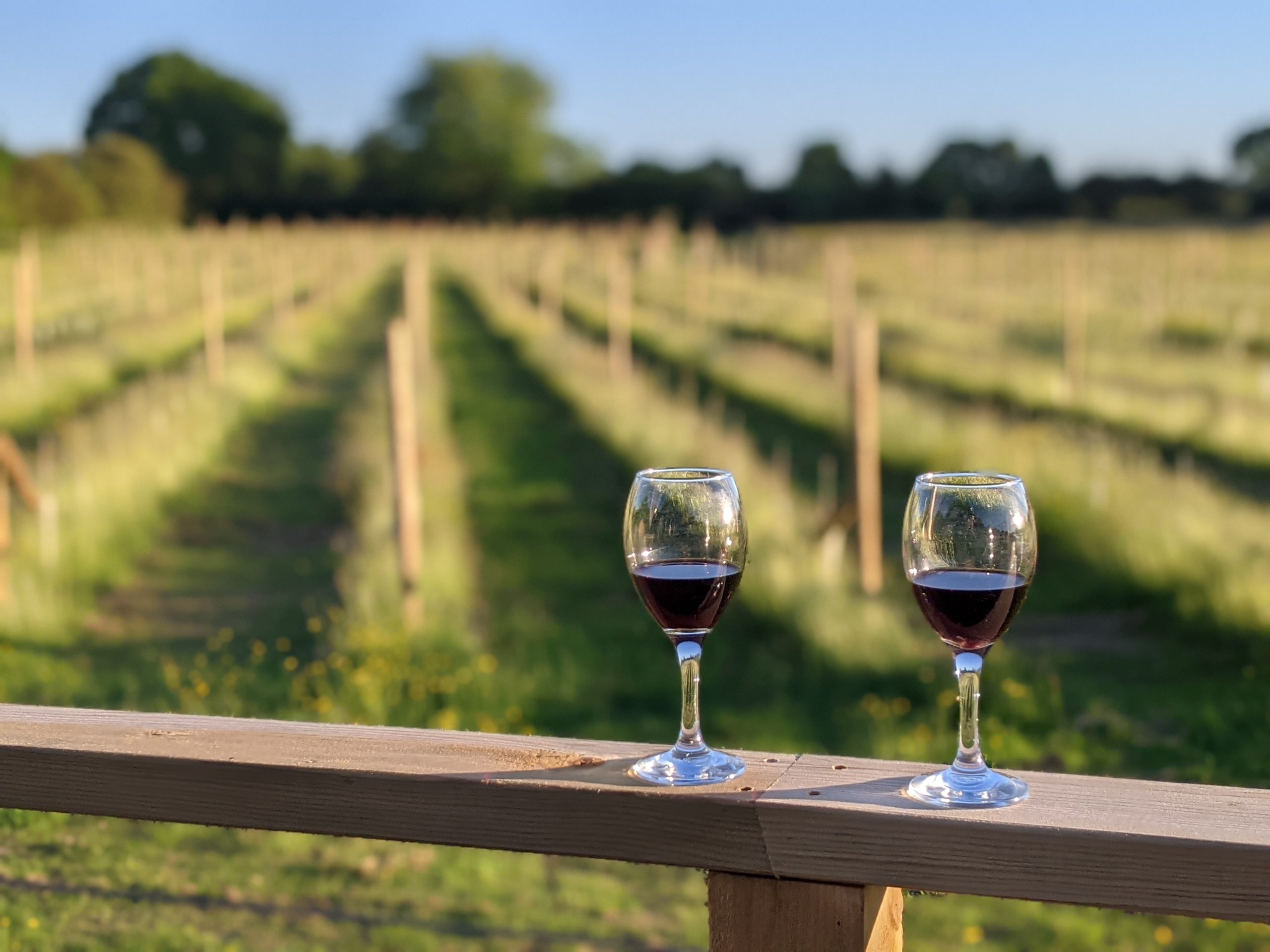
What to Wear & Bring (You’ll Thank Us Later)
- Shoes: Closed-toe, flat shoes you can happily walk in—vineyard rows = uneven ground.
- Layers: British summer can flip—pack a light jacket or knit; bring sunglasses and a hat if the forecast is bright.
- Bag: Small crossbody for hands-free tasting; leave room for a bottle or two.
- Hydration: A small water bottle keeps your palate sharp between pours.
- Phone prep: Low-light mode for cellar shots; wide-angle for row symmetry; portrait mode for bottle-and-bubbles close-ups.
- Fragrance note: Skip heavy perfume/cologne—aromas fight with the glass.
Turn It into a Golden-Day Timeline
10:30 — Arrive a touch early. Take a quiet walk by the vines for first photos and to reset your senses.
10:45 — Check-in, meet your host, quick comfort stop.
11:00–11:45 — Vineyard walk. Ask one question per stop—rootstock choice, clone selection, canopy tweaks.
11:45–12:05 — Production peek (or tasting room intro): press types, fermentation vessels, lees ageing.
12:05–13:00 — Guided tasting (3–5 wines). Use the two-sip system. Take a quick note or photo of labels you love.
13:00–14:00 — Light bites/picnic or nearby pub lunch (if available/allowed); debrief your favorites, decide what to buy.
14:00–14:20 — Shop stop. Grab a bottle for dinner and one for a gift—you’ll never regret it.
14:20–14:40 — Final photo lap (rows + signage + the two of you).
After — Nearby walk or a café. Your palate’s happy; keep the day gentle.
One Hybrid Block (Bullets + Guidance): The Polite-Taster Etiquette
- Listen first, taste second. Hosts cue what to look for; it makes your first sip smarter.
- Hold the bowl, not the stem? With sparkling, stem is best to keep chill. For still wines, stem or bowl is fine if the room’s cool.
- Spit or swallow? Spitting is normal at serious tastings—no stigma. If you’re driving, it’s the only safe move.
- Ask real questions. “What changed most in the last five vintages?” earns a great answer.
- Buy what you loved. Small producers feel each purchase; it’s how you say “thank you” for the craft.
If You’re New to English Wine (A Quick Confidence Boost)
Expect clarity and energy. The climate gives you acidity that makes flavors snap into focus. Traditional-method sparkling competes toe-to-toe with famous regions; still wines are getting more expressive every year as growers dial in clones, canopy, and pick dates. The best bottles are less about power and more about detail—brightness, finesse, and a clean, mouthwatering finish that begs for another bite of food.
Bringing Bottles Home (Without Heartbreak)
- Two-bottle starter pack: A Brut NV for food-flex and a Blanc de Blancs or rosé sparkling for aperitif magic.
- Transport: Ask for protective sleeves; keep bottles upright en route.
- Cellaring: Most NV sparklings are happy for 12–24 months; vintage/Blanc de Blancs can go longer. Store cool, dark, steady—no kitchen top, no sunny shelves.
- Serving: Chill sparkling to ~8–10°C (46–50°F). Use proper flutes or, even better, tulip-shaped white-wine glasses for aroma.
Accessibility & Practicalities
Vineyard terrain varies—some slopes, uneven paths, and grass underfoot. If mobility is a concern, message ahead for accessible route options; many estates can adapt with shorter loops or vehicle drop-offs near meeting points. Toilets are usually clustered near the tasting room; refill your water before heading into the rows. Weather calls the shots: bring layers and be ready to pivot indoors if showers appear.
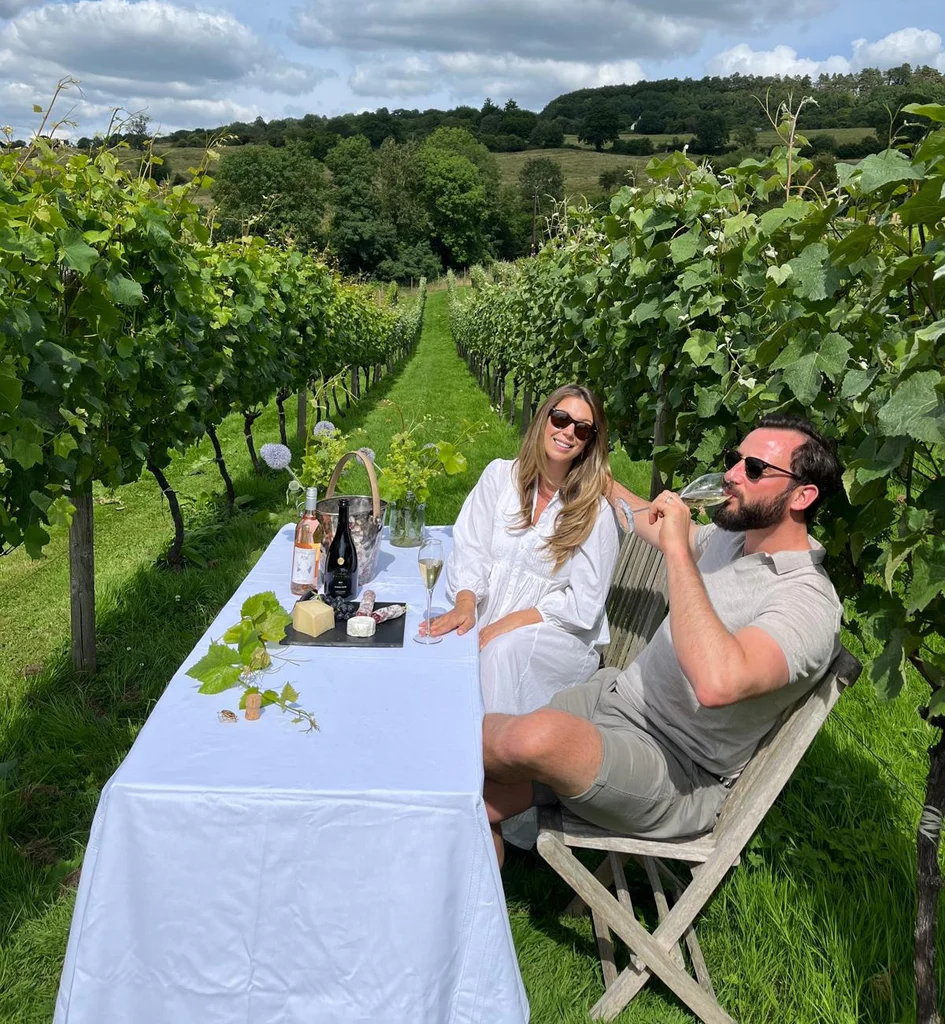
Food Options & Nearby Plans
Some estates allow picnics (check rules; no outside alcohol if on-site licensing applies). If not, nearby pubs and cafés are your friend—sparkling pairs beautifully with fish and chips, grilled seafood, roast chicken, or a cheese board (goat’s cheese, cheddar, and a bloomy rind for range). For dessert, lemon tart sings with Brut; strawberries love rosé sparkling.
Conclusion
A vineyard tour is really a love letter—to soil, to seasons, to decisions so small you can’t see them from the lane but can taste them in the glass. On the Vineyard Tour & Tasting, you’ll walk the rows, decode English sparkling styles, practice a no-anxiety tasting method, and leave with two things: a couple of bottles you can’t wait to open, and a story you can retell every time you pour. Keep the day unhurried, ask the questions you’re genuinely curious about, and buy at least one bottle to revisit the moment at home. That’s how a nice afternoon turns into a memory with a cork.
FAQ
- How long does the tour and tasting take?
Plan for 90–120 minutes depending on vineyard walk length, group size, and number of wines poured. - What if it rains?
Most estates pivot indoors or shorten the vineyard loop. Bring a light waterproof layer; tastings carry on. - Is transport provided?
Usually you make your own way. If you’re driving, spit during the tasting or designate a driver. Rideshares/taxis may need pre-booking in rural areas. - Can I bring kids or pets?
Policies vary—check ahead. Many tours are adult-focused; some allow well-behaved dogs on leads outdoors only. - Are dietary needs considered for snacks?
If the tour includes nibbles, message ahead about vegetarian/vegan/gluten-free options—most can accommodate with notice. - How many wines will I taste?
Commonly 3–5 across sparkling (and sometimes still) styles; quality over quantity is the ethos. - What should I buy first?
Start with the Brut NV for versatility and one special (Blanc de Blancs or rosé) for celebrations or summer dinners. - Can I take photos/videos?
Yes—be mindful of other guests and follow staff guidance in production areas. Vine rows, signage, and glass-in-hand shots always play well.

